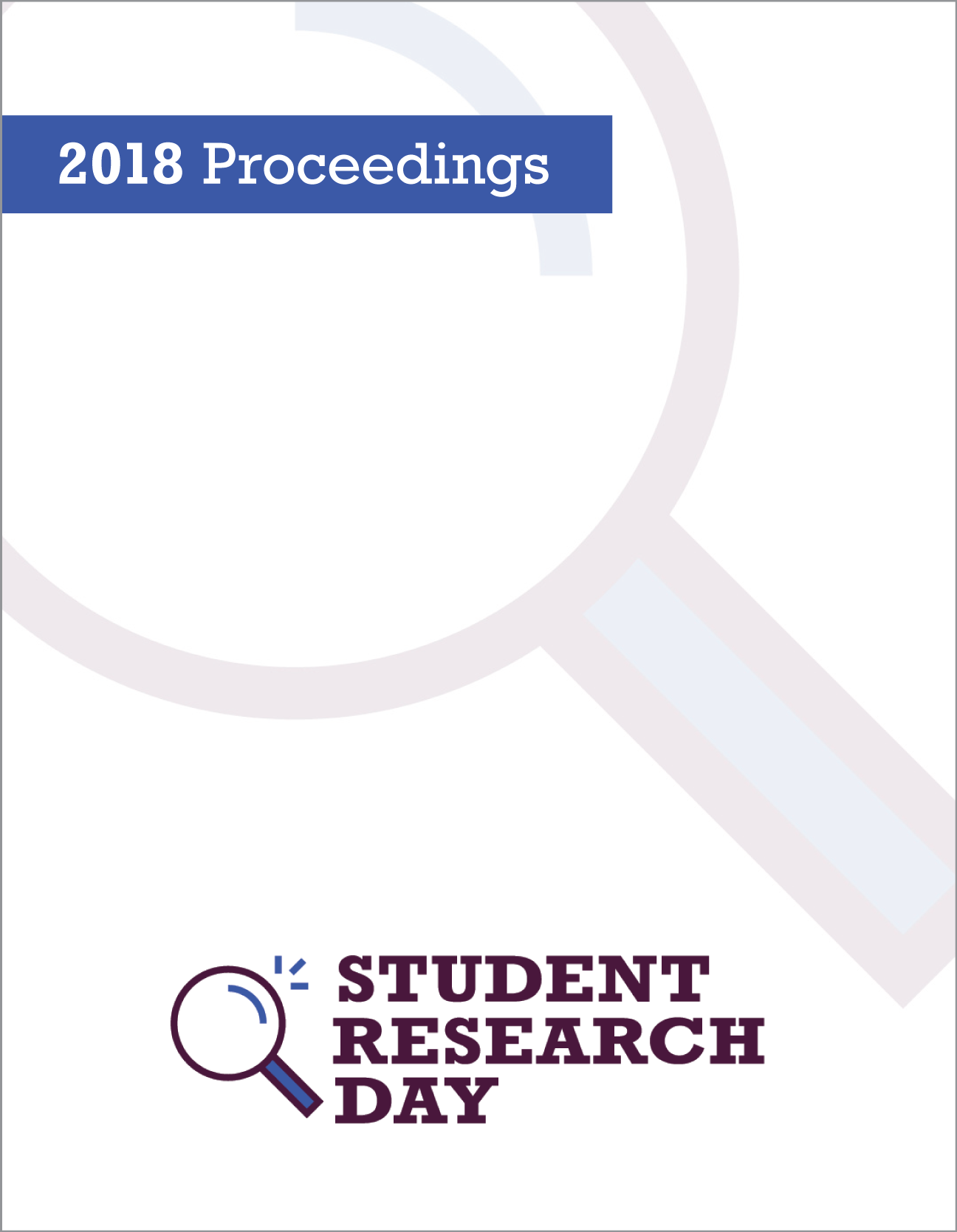Surviving Violence and Trauma
Symptoms, Treatment Options, and Resources
Abstract
The World Health Organization defines violence as “The intentional use of physical force or power, threatened or actual, against oneself, another person, or against a group or community, that either results in or has a high likelihood of resulting in injury, death, psychological harm, mal-development or deprivation”. This definition demonstrates the broad nature of violence and the many ways it occurs. One-in-three women worldwide will experience physical and/or sexual violence in their lifetime. Men can also be the target of violence, making up 60% of reported incidents of physical violence in the workplace. Additionally, Indigenous people are twice more likely to experience violence than are non-Indigenous people. Various symptoms are common for survivors of violence, such as feeling helpless, out of control, depressed, ashamed, anxious, frightened, disorganized, and have suicide ideation. Those who have experienced violence may develop posttraumatic stress disorder (PTSD). PTSD symptoms may include distressing dreams, negative mood, and social withdrawal. On behalf of the Edmonton Police Service, a research-informed guide was created on the topic of violence and trauma. The purpose of this guide is to help inform survivors – strong individuals who are fighting through hardship – of the different ways such experiences can affect psychological health, and the different treatment options available. This includes discussing evidence-based psychotherapies recommended by the American Psychological Association, such as Cognitive-Behavioural Therapy, Cognitive-Processing Therapy, and Prolonged Exposure Therapy.
Discipline: Psychology (Honours)
Faculty Mentor: Dr. Andrew Howell
Published
Issue
Section
License
Authors retain any and all existing copyright to works contributed to these proceedings.



